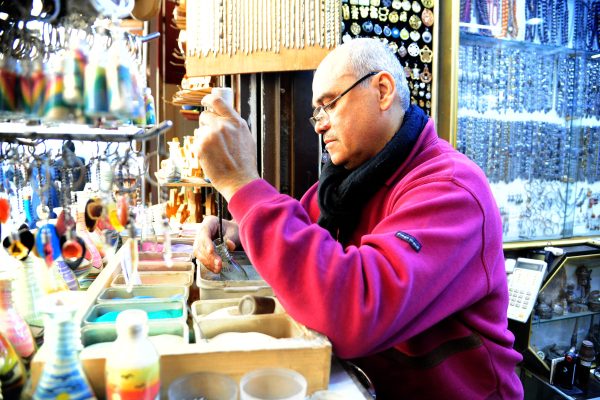
The Syrian Arabic language is a dialect of the Arabic language that is spoken in Syria and in many other countries around the world. It is also known as Levantine Arabic, and it is one of the most widely spoken varieties of Arabic. It is estimated that there are more than 20 million native speakers of Syrian Arabic, making it one of the most widely spoken languages in the Middle East.
Syrian Arabic has its roots in Classical Arabic, which was used by scholars and religious leaders for centuries. Over time, however, it has evolved into its own distinct dialect with its own unique vocabulary and grammar rules. The language has also been influenced by other languages such as Turkish, French, and English. This has resulted in a rich variety of words and expressions that are unique to Syrian Arabic.
In terms of pronunciation, Syrian Arabic differs from other varieties of Arabic due to its use of certain consonants and vowels that are not found in other dialects. For example, the letter “q” is pronounced differently in Syrian than it is in other dialects. Additionally, some words have different meanings depending on their context or region within Syria. For instance, the word “halab” can mean either “milk” or “cheese” depending on where you are located within Syria.
In terms of writing system, Syrian Arabic uses a modified version of the Latin alphabet known as Syriac script or Serto script. This script was developed by Christian missionaries during the Middle Ages and was later adopted by Muslims living in Syria during Ottoman rule. The script consists of 28 letters including some additional diacritical marks to indicate vowel sounds not found in Latin-based scripts such as English or French.
Overall, Syrian Arabic is an incredibly diverse language with a long history and many unique features that make it distinct from other varieties of Arabic spoken around the world today. It continues to be an important part of life for millions of people living both inside and outside Syria today.

